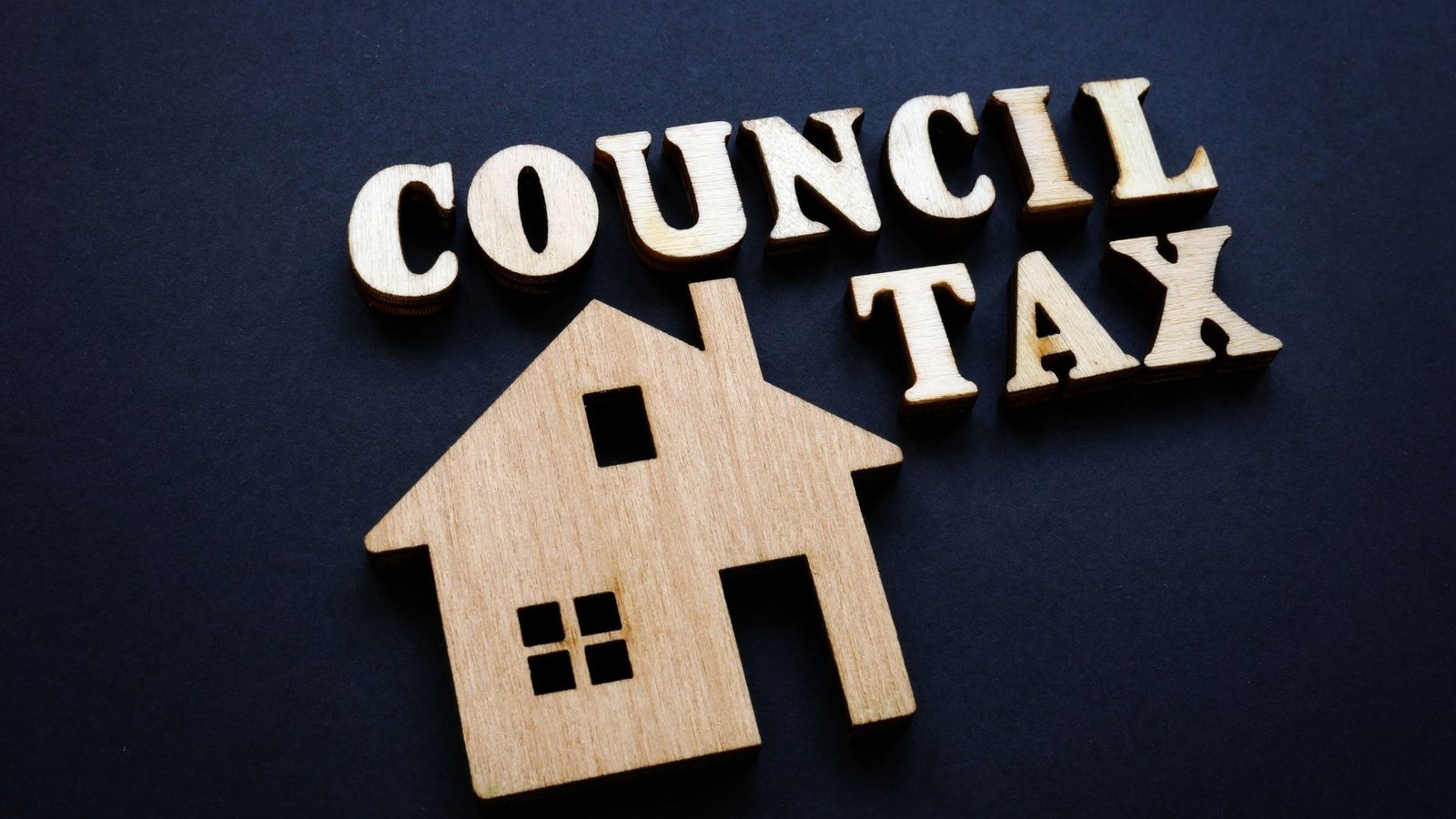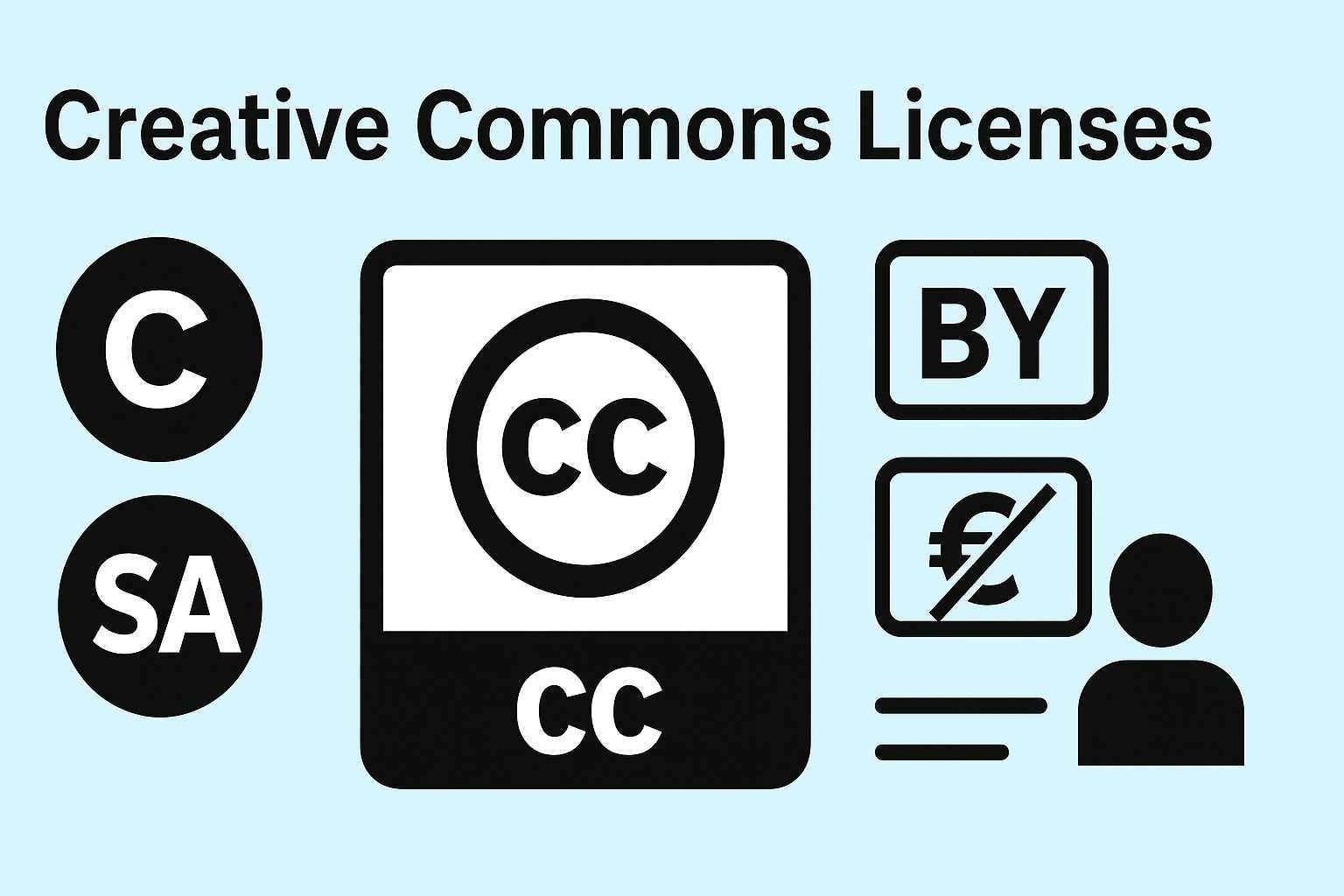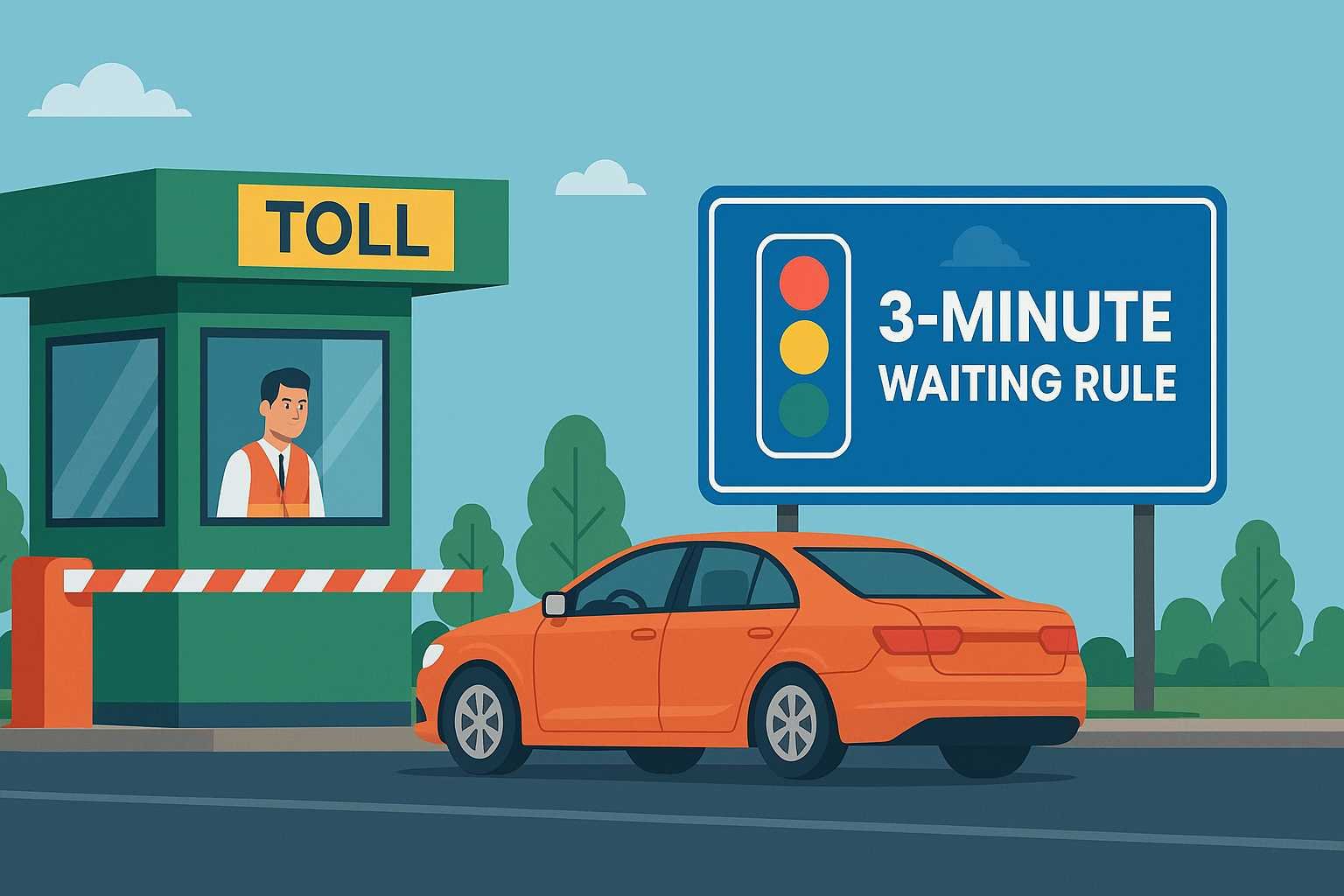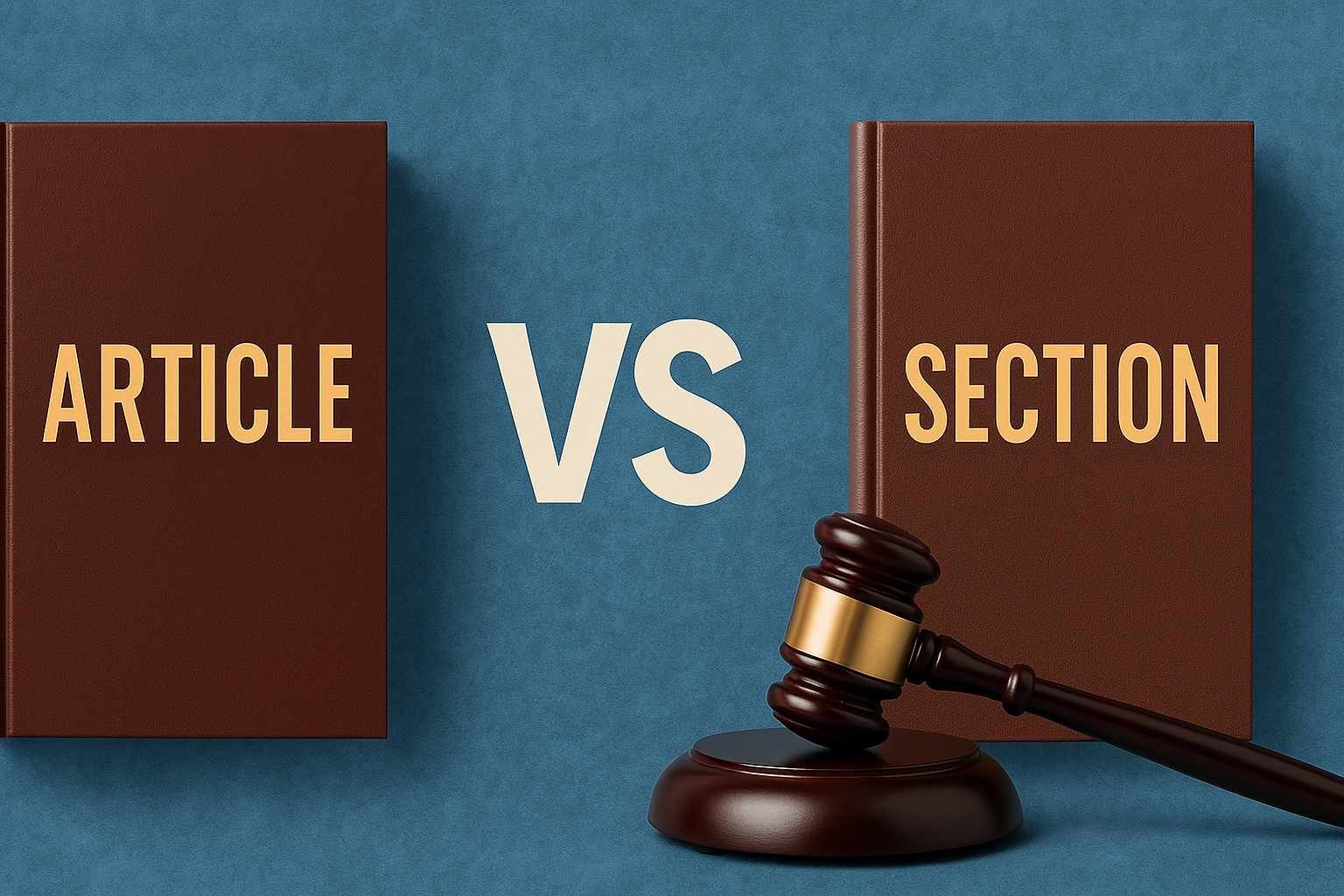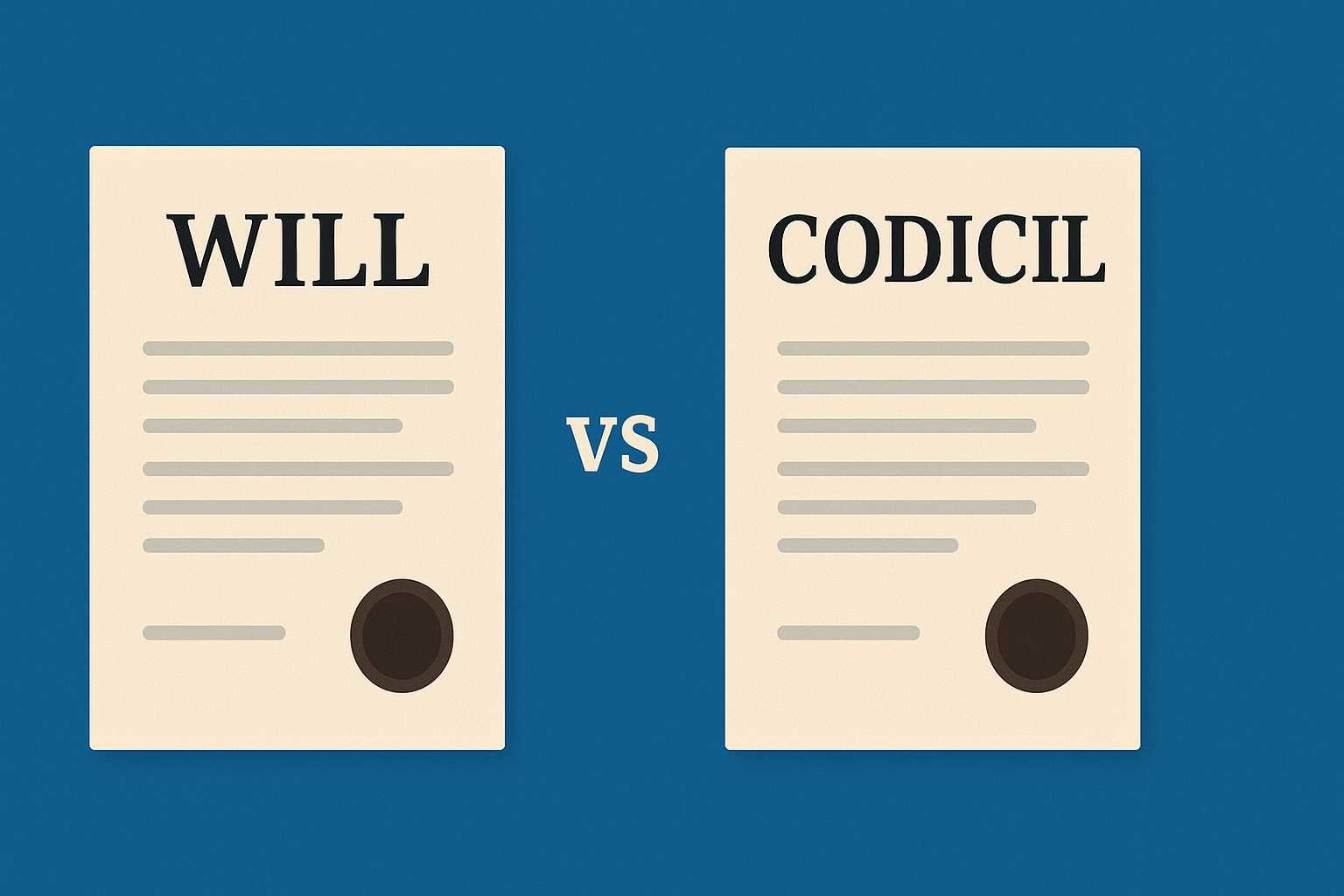On this page you will read detailed information about What Is a Tariff.
Introduction
Every time countries trade goods with one another—whether it’s smartphones from South Korea, wheat from India, or machinery from Germany—governments make decisions about how those goods should enter their borders. One of the oldest and most widely used tools to control this trade is a tariff.
Tariffs are not just technical economic policies. They influence everything from the price of the shoes you buy to the jobs available in your city, and even the political relationships between nations. In this blog, we’ll break down what tariffs are, the different types, why governments impose them, their global importance, and the debates around them in 2025.
What Is a Tariff?
A tariff is a tax or duty that a government places on goods or services imported from another country. In simple terms, when a product crosses a border, the importing country may require the importer to pay a fee—this is the tariff.
For example:
- If India imposes a 10% tariff on imported steel, every ton of foreign steel will cost 10% more to the buyer in India.
- That extra cost is paid to the government, often making imported goods more expensive than domestic alternatives.
Types of Tariffs
Tariffs come in different forms depending on how they are calculated and what they aim to achieve.
- Ad Valorem Tariff
- A percentage of the product’s value.
- Example: A 20% tariff on imported clothing means $100 worth of shirts will cost $120 after the tariff.
- Specific Tariff
- A fixed amount charged per unit.
- Example: $5 for every barrel of imported oil.
- Mixed or Compound Tariff
- Combination of both.
- Example: 10% of the product’s value plus $2 per kilogram.
- Protective Tariff
- Designed to protect domestic industries from foreign competition by making imports more expensive.
- Revenue Tariff
- Primarily aimed at raising money for the government. This was more common in earlier centuries when income taxes were less developed.
Why Are Tariffs Imposed?
Governments use tariffs as a strategic tool. Some of the main reasons include:
- Protecting Domestic Industries
- By raising the price of imports, local industries can compete more easily.
- Example: Tariffs on solar panels may protect local manufacturers from cheaper foreign options.
- Safeguarding Jobs
- Industries facing foreign competition often employ thousands of workers. Tariffs can keep those jobs secure, at least in the short term.
- Raising Government Revenue
- While less significant in countries with robust tax systems, tariffs still generate income.
- Political or Strategic Reasons
- Tariffs are sometimes imposed as part of trade disputes or to exert pressure on another country.
- Example: U.S. tariffs on Chinese goods during the trade tensions of the late 2010s and early 2020s.
- Encouraging Local Development
- Developing economies may impose tariffs to nurture new industries until they are strong enough to compete globally.
The Global Importance of Tariffs
1. Influence on Prices and Consumers
Tariffs usually make imported goods more expensive. For consumers, this means higher prices. Sometimes, however, tariffs encourage local alternatives, which may bring long-term price stability.
2. Shaping Trade Flows
Tariffs can redirect trade routes and encourage countries to seek new partners. For instance, if Europe raises tariffs on certain agricultural imports, exporters may pivot toward Asian markets.
3. International Relations and Trade Wars
Tariffs often spark disputes. A country targeted by tariffs might retaliate with its own, leading to a “trade war.” This happened between the U.S. and China between 2018 and 2023, affecting everything from electronics to soybeans.
4. Industrial and Economic Policy
Governments use tariffs as part of industrial policy—promoting certain sectors while discouraging reliance on others.
Tariffs in the 21st Century Context
As of 2025, tariffs remain a hot topic in global trade discussions. Several trends stand out:
- Technology and Green Products
- Countries are debating tariffs on electric vehicles, solar panels, and batteries. For instance, the EU recently increased tariffs on Chinese EVs, citing both environmental and fair competition concerns.
- Geopolitical Tensions
- Tariffs are being used in broader geopolitical rivalries. Nations impose duties not just for economics but also to signal political disapproval.
- Digital Trade
- While tariffs historically applied to physical goods, the rise of digital products and cross-border services is sparking new discussions. Should software, streaming services, or cloud storage face tariff-like taxes? Some governments are experimenting with “digital tariffs.”
- Developing Nations and Self-Reliance
- Countries like India have strategically raised tariffs on certain goods to push the “Make in India” initiative, aiming to boost local industries.
In the previous post, we had shared information about Domain Name Protection and Trademark Rights: The 2025-Ready Guide, so read that post also.
Advantages of Tariffs
- Protects Domestic Economy: Helps local industries grow and become competitive.
- Government Revenue: Provides funds that can be invested in infrastructure or social programs.
- National Security: Protects industries crucial to defense or essential supply chains.
- Encourages Local Employment: Keeps production within the country, supporting jobs.
Disadvantages of Tariffs
- Higher Consumer Prices: Consumers bear the cost as imports become more expensive.
- Risk of Retaliation: Other countries may impose counter-tariffs, hurting exporters.
- Reduced Efficiency: Domestic industries may become complacent without foreign competition.
- Global Supply Chain Disruption: In an interconnected world, tariffs can delay production and increase costs for multinational companies.
Tariffs vs. Free Trade
There’s a long-standing debate between protectionism (using tariffs) and free trade (removing barriers).
- Advocates of tariffs argue that no country has developed without protecting its industries at some stage.
- Free trade supporters claim tariffs harm consumers, distort markets, and limit growth.
In reality, most nations adopt a hybrid approach, lowering tariffs on products they need but raising them strategically on sensitive sectors.
Case Studies (Recent Examples)
- EU vs. China (2024–25):
- The European Union announced higher tariffs on Chinese electric vehicles, citing subsidies and unfair trade practices. This move has global implications for EV markets.
- India’s Electronics Sector:
- India increased tariffs on certain electronics imports to push domestic manufacturing under its “Atmanirbhar Bharat” (self-reliant India) program.
- U.S. Steel and Aluminum Tariffs:
- The U.S. continues to maintain tariffs on foreign steel and aluminum to protect its domestic producers, though debates about inflationary effects remain.
The Future of Tariffs
Looking ahead:
- Tariffs will likely continue to be used as tools for climate policy, digital trade regulation, and national security.
- International organizations like the World Trade Organization (WTO) will play a key role in mediating disputes.
- As supply chains shift due to technology and geopolitics, tariffs will remain both an economic and political lever.
Conclusion
Tariffs are more than just taxes on imports. They are powerful instruments of economic policy, shaping trade flows, protecting industries, generating revenue, and signaling political intent.
While they can protect jobs and industries, tariffs also raise prices, risk retaliation, and disrupt global trade. Their importance lies not only in economics but also in their role as a diplomatic and strategic tool.
In 2025 and beyond, tariffs remain at the center of debates about globalization, self-reliance, sustainability, and fairness in international trade.
Disclaimer
The information and services on this website are not intended to and shall not be used as legal advice. You should consult a Legal Professional for any legal or solicited advice. While we have good faith and our own independent research to every information listed on the website and do our best to ensure that the data provided is accurate. However, we do not guarantee the information provided is accurate and make no representation or warranty of any kind, express or implied, regarding the accuracy, adequacy, validity, reliability, availability, or completeness of any information on the Site. UNDER NO CIRCUMSTANCES SHALL WE HAVE ANY LIABILITY TO YOU FOR ANY LOSS OR DAMAGE OF ANY KIND INCURRED AS A RESULT OR RELIANCE ON ANY INFORMATION PROVIDED ON THE SITE. YOUR USE OF THE SITE AND YOUR RELIANCE ON ANY INFORMATION ON THE SITE IS SOLELY AT YOUR OWN RISK. Comments on this website are the sole responsibility of their writers so the accuracy, completeness, veracity, honesty, factuality and politeness of comments are not guaranteed.
So friends, today we talked about What Is a Tariff, hope you liked our post.
If you liked the information about What Is a Tariff, then definitely share this article with your friends.
Knowing about laws can make you feel super smart ! If you find value in the content you may consider joining our not for profit Legal Community ! You can ask unlimited questions on WhatsApp and get answers. You can DM or send your name & number to 8208309918 on WhatsApp


